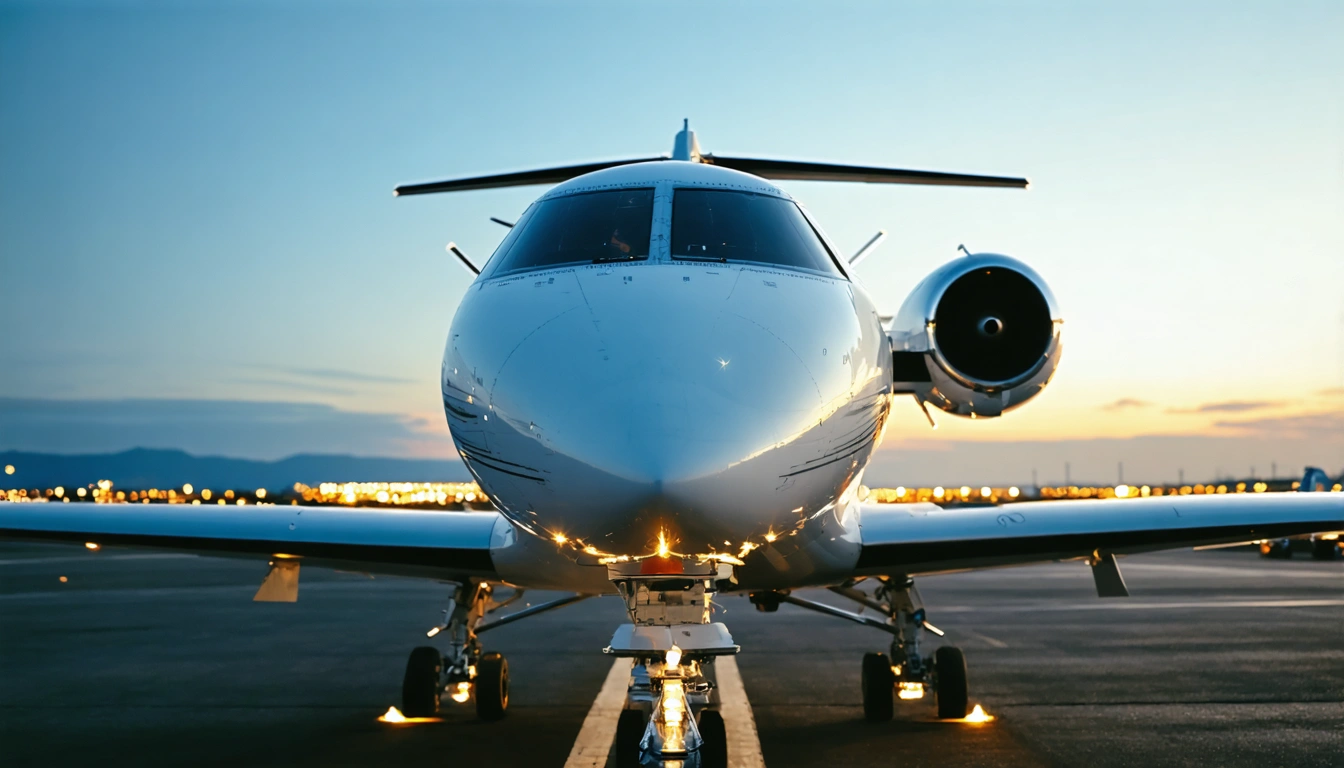
Introduction to Tailored Skies
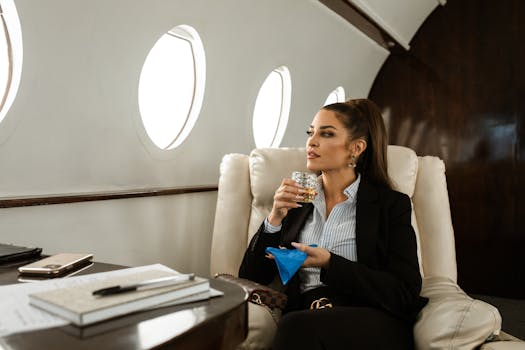
Tailored skies signify the pinnacle of luxury in aviation, where private aircraft are customized to meet the unique demands of the ultra-wealthy. This article delves into the art of aircraft customization, exploring how bespoke design transforms flying experiences.
The Importance of Customization
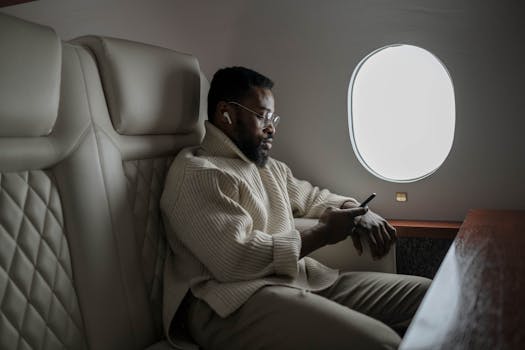
Customization in private aviation is not merely about aesthetics; it encompasses functionality, comfort, and personalization. Ultra-wealthy clients often seek to reflect their status and personal style through tailored aircraft.
Design Elements of Customized Aircraft
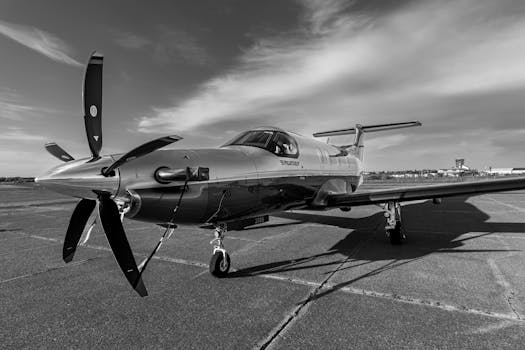
Every aspect of a private jet can be customized, from the layout and seating arrangements to the materials and technology used onboard. Understanding these elements is crucial for grasping the full impact of tailored skies.
Luxury Interiors
Luxury interiors often feature high-end materials like leather, rare woods, and custom fabrics that create an opulent atmosphere. Clients may choose layouts that include lounges, bedrooms, and even showers.
Advanced Technology
Modern private jets come equipped with cutting-edge technology, including advanced navigation systems, in-flight entertainment, and connectivity solutions that allow passengers to stay connected while in the air.
The Customization Process
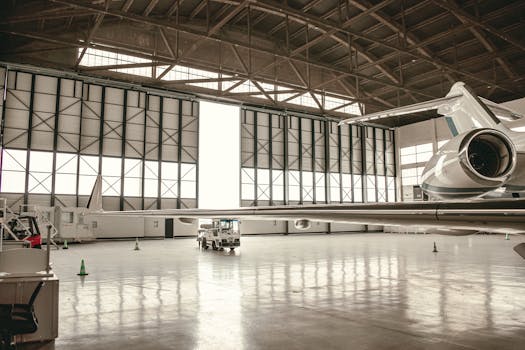
The journey to a customized aircraft involves several stages, from initial consultations to final delivery. Each stage is crucial to ensure that the client’s vision is fully realized.
Consultation and Planning
Initial consultations help designers understand the client’s needs and preferences, which is vital for creating a bespoke experience. This stage involves discussions about style, functionality, and budget.
Design and Development
Once the planning is complete, designers create detailed plans and 3D renderings of the proposed aircraft modifications. Clients are often involved in this phase to ensure their vision aligns with practicality.
Challenges in Customizing Aircraft
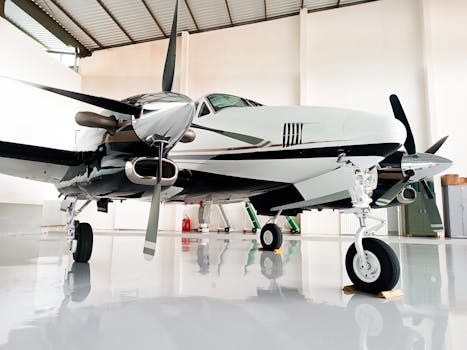
While the customization of private aircraft is an exciting process, it comes with its own set of challenges, including regulatory compliance, budget constraints, and project timelines.
Regulatory Compliance
Aircraft must meet strict aviation regulations, which can complicate the customization process. Ensuring that all modifications comply with safety standards is paramount.
Budget Constraints
Customization can be costly, and staying within budget while achieving desired outcomes is a common challenge faced by clients and designers alike.
Conclusion

Tailored skies represent more than just luxury; they embody personal expression and technological advancement in aviation. The art of customizing private aircraft continues to evolve, catering to the distinct tastes of the ultra-wealthy.




